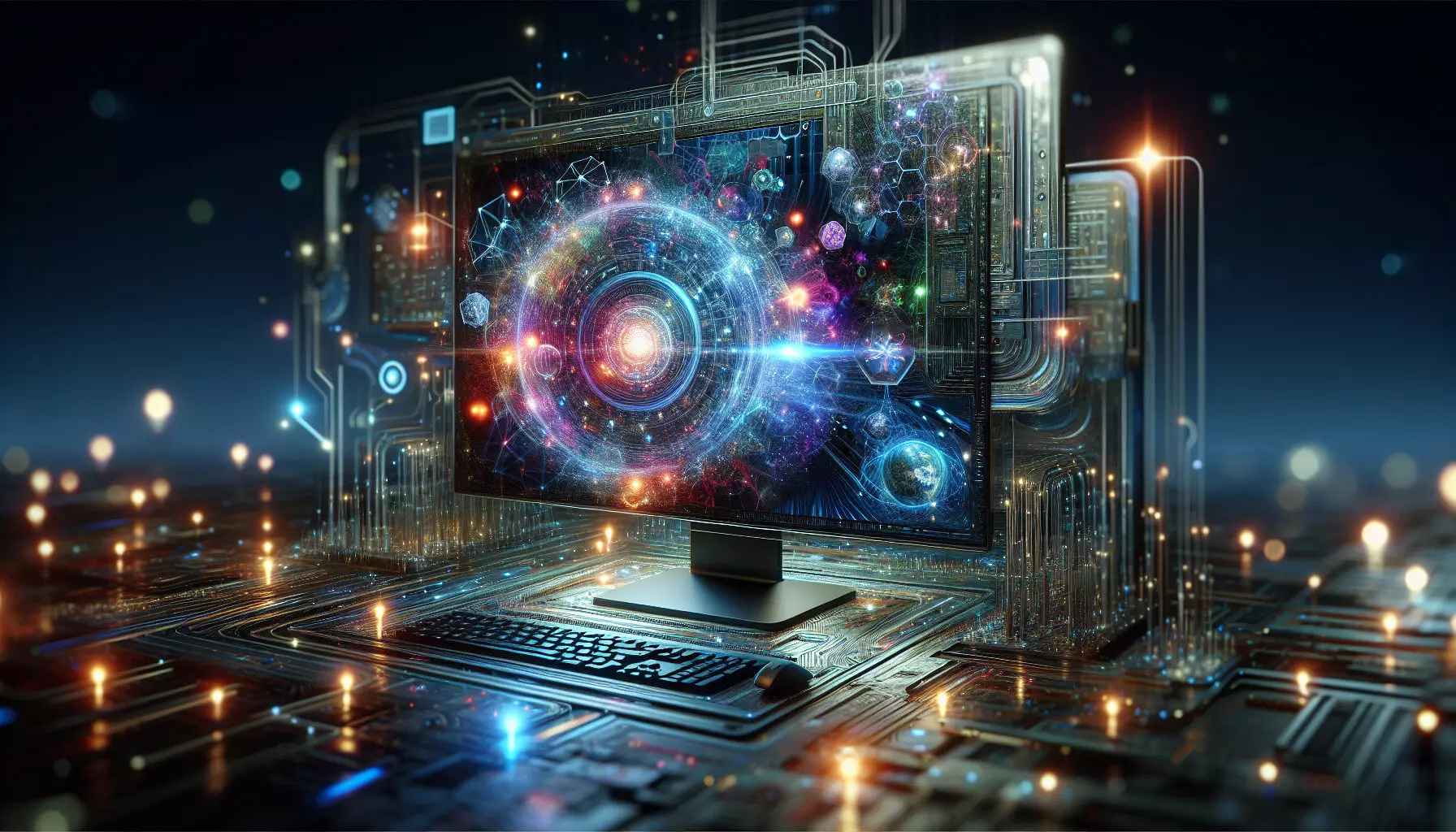As artificial intelligence (AI) continues to permeate various sectors—from healthcare to finance—it has become increasingly apparent that the energy consumption associated with AI applications poses a significant challenge. The rise of large language models (LLMs), such as ChatGPT, exemplifies this trend, as they demand extensive computational resources that lead to large electric bills. For instance, ChatGPT reportedly consumes around 564 MWh each day, equivalent to the energy needs of 18,000 homes in the United States. Alarm bells are ringing among experts, predicting that AI applications may consume upwards of 100 terawatt-hours (TWh) annually, rivaling the notorious energy demands of Bitcoin mining.
BitEnergy AI’s Promising Solution
However, a group of engineers at BitEnergy AI is working to address these concerns with an innovative method that claims to reduce energy needs for AI applications by a staggering 95%. Their technique, recently detailed in a paper available on the arXiv preprint server, signals a pivot in the conversation about energy consumption in AI. The researchers have devised a new computational technique called Linear-Complexity Multiplication, which claims to outperform traditional methods without sacrificing efficiency.
At the core of this development is a fundamental shift from complex floating-point multiplication (FPM) to basic integer addition. While FPM is quite effective for calculations requiring high precision, it is also the most power-hungry component of the AI computational process. By approximating FPM with integer addition, the research team aims to achieve a major reduction in the electrical footprint of AI applications.
The Tradeoff: Hardware and Adoption Challenges
The breakthrough, however, comes with caveats. One significant drawback is that the new methodology necessitates alternative hardware, diverging from currently mainstream options. The engineers at BitEnergy AI assert that they have already developed and tested this new type of hardware, yet questions remain about market adoption and licensing. Currently, companies like Nvidia have a firm grip on the AI hardware landscape, and their response to this breakthrough could dictate how quickly the new approach gains traction.
The implications of this research are vast. If the claims made by BitEnergy AI are substantiated, this innovative technique could pave the way for a more sustainable future in AI development, addressing the essential concerns regarding energy consumption and environmental impact. The prospect of powering AI applications with significantly less energy is a game-changer, particularly as society becomes more conscious of its carbon footprint.
As the AI industry faces mounting scrutiny over its energy consumption, the work done by BitEnergy AI should catalyze further research and dialogue among pioneers in tech. Collaboration between hardware developers, software engineers, and energy policy-makers will be essential to maximize the benefits of this new technology. Only through concerted efforts can the industry hope to balance the growth of AI innovation with the imperative of sustainability, thereby ensuring that the promise of AI does not come at an untenable cost to our planet.



Leave a Reply